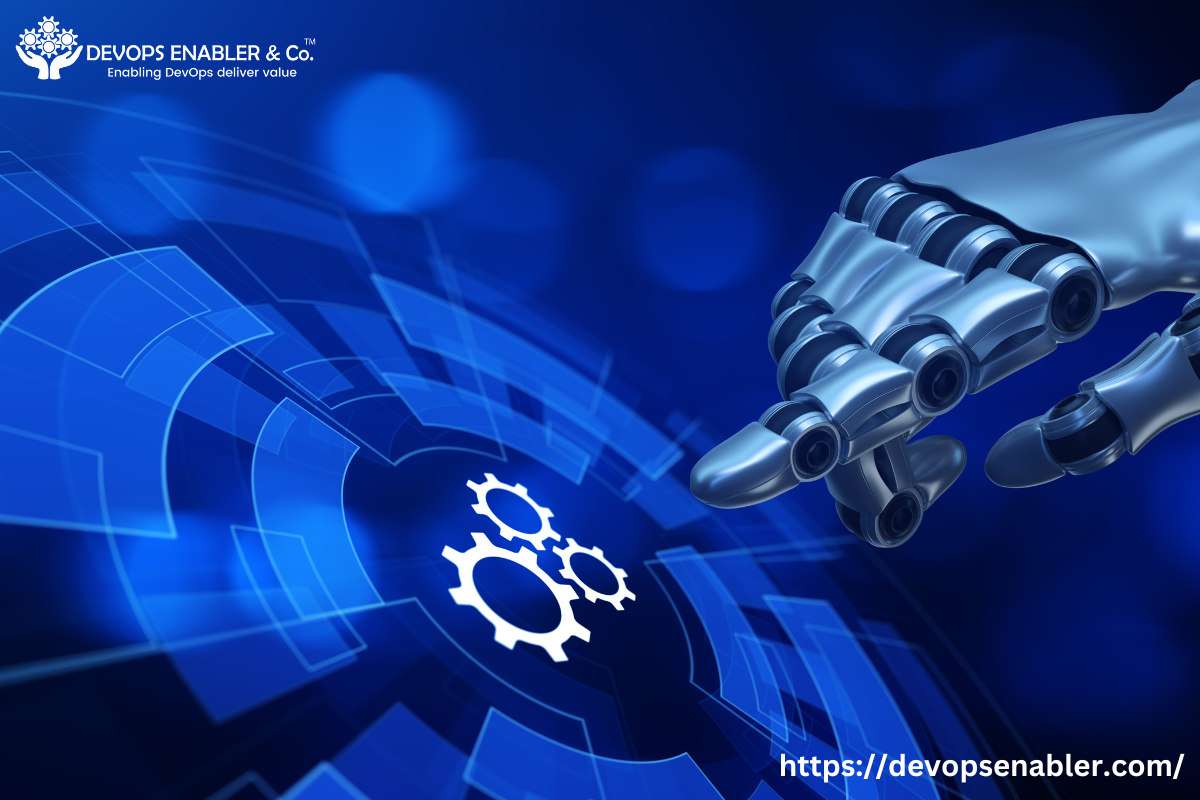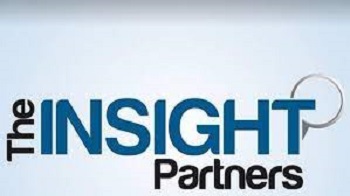The adoption of Agile planning and DevSecOps practices has proven to be a game-changer. When combined with innovative tools, these methodologies offer development teams the ability to accelerate application delivery, ensuring robust, reliable, and scalable solutions. However, the proliferation of DIY-integrated toolchains has brought about new challenges, including increased complexity, islands of data, security inconsistencies, reporting difficulties, and compliance issues. The need for a clean and modern software factory is evident, where a fully functional assembly line can efficiently build, test, and deliver applications without the overhead of managing numerous disparate tools and bespoke integrations.
The Software Factory: Automate and Streamline Software Delivery:
- Issues and Planning: To kickstart the software development process, delivery teams must efficiently capture, discuss, prioritize, and define new requirements and use cases. Issues serve as the foundation for understanding end-user needs, ensuring that the software factory aligns with specific capabilities required for successful application development.
- Code Reviews and Approvals: Automated testing and consistent approval methods are pivotal in maintaining code quality and ensuring compliance. Documenting and tracking code change approvals is a core capability of the software factory, providing transparency, accountability, and adherence to compliance standards.
- Distributed Source Code Management: Designing and developing applications involve managing branches, tracking changes, securing code against vulnerabilities, and integrating changes into the repository. Distributed source code management facilitates coordination, sharing, and collaboration across the development team, streamlining the development process.
- Repository to Manage Binary Assets: The output of the Continuous Integration (CI) pipeline is the binary code and libraries that make up the application. Efficient management and tracking of these assets throughout testing, validation, and deployment are crucial for a seamless software delivery process.
- Dynamic Test Environments/Infrastructure: To enhance development efficiency, the software factory should support dynamic test environments that can be deployed on demand. Leveraging containerization and cloud technology reduces delays associated with waiting for limited testing resources, allowing teams to test and validate code changes promptly.
- Continuous Delivery (CD): An extension of the CI pipeline, CD simplifies the deployment of cloud-native applications, especially those utilizing Kubernetes environments. It streamlines the deployment process, making it more efficient and adaptable to multi-cloud environments.
Connect with Our Information Hub: https://devopsenabler.com/contact-us
- Continuous Integration for Every Commit: The backbone of the software factory is the CI pipeline, which automates development tasks for every code change. It ensures the execution of automated tests, scans, and compliance checks in the right sequence, accelerating testing and maintaining code quality.
- Software Quality Testing: The CI pipeline manages various automated tests, including unit, API, functional, and non-functional tests. The goal is to accelerate testing and ensure that new code changes do not introduce defects or issues.
- Security Testing: Application security scans are consistently integrated into the CI pipeline, providing immediate feedback on new vulnerabilities or security flaws introduced by code changes. This proactive approach speeds up development velocity by addressing security issues early in the process.
- Application Monitoring: Feedback from applications in production is crucial for the modern software factory. Continuous monitoring provides actionable insights, enabling developers to detect issues, take corrective actions, and continuously improve the application.
- Incremental Deployment: To minimize risks, software deployment from the factory should support incremental deployments. Techniques such as canary deployments or feature flags offer flexibility to development teams, allowing them to ship code quickly while actively managing and mitigating risks.
GitLab: Simplifying DevOps with a Unified Approach
GitLab emerges as a valuable solution for DevOps teams seeking simplicity, visibility, and control in their software factory. It offers:
- A single, common user experience for the entire software factory.
- A unified security and access model.
- A single source of truth for reporting and managing development work.
- Simplified compliance and auditing.
- A unified governance and compliance model.
Agile planning and DevSecOps, a modern software factory is essential for development teams aiming to build, test, and deliver applications efficiently. By embracing a unified approach, streamlining processes, and leveraging tools like GitLab, development teams can overcome challenges associated with complex toolchains, ensuring collaboration, visibility, and governance throughout the application delivery lifecycle. The result is a software factory that accelerates value delivery without the waste and overhead of managing disparate tools and bespoke integrations.
Contact Information:
- Phone: 080-28473200 / +91 8880 38 18 58
- Email: [email protected]
- Address: #100, Varanasi Main Road, Bangalore 560036.





